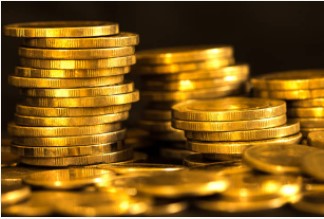Gold Price Framework Update: The New Cycle Accelerates
The comments below are an edited and abridged synopsis of an article by Gold Money Insights
Gold rallied 25% in 2020, having gained 19% the year before. This is the beginning of the current gold price cycle, as all main drivers for the yellow metal are strongly skewed to the upside.
There are three main price drivers over the long run: Central bank policy (real-interest rate expectations and quantitative easing); net central bank gold sales; longer-dated energy prices; and longer-dated energy prices.
Up for discussion: Gold price drivers in 2020; the current cycle will unfold over the coming years; real interest rate expectations; quantitative easing; longer-dated energy prices have reached a trough and the medium-term trend is up.
We are at the beginning of the current gold price cycle. While some near-term risk remains from a spike in nominal rates (potentially triggered by a sharp correction in equity markets), central banks will limit the upside to nominal rates. The medium-term outlook for real-interest rate expectations and QE is positive for gold, and long-dated energy prices present some further upside risk.
Should real interest rates fall, as they have historically following a recession, it would push gold to around $2,600—$3,100. Such a move would be in line with the 2008/2011 move of around 270% from bottom to top. Importantly, this scenario would still not assume a sharp pick up of inflation.

